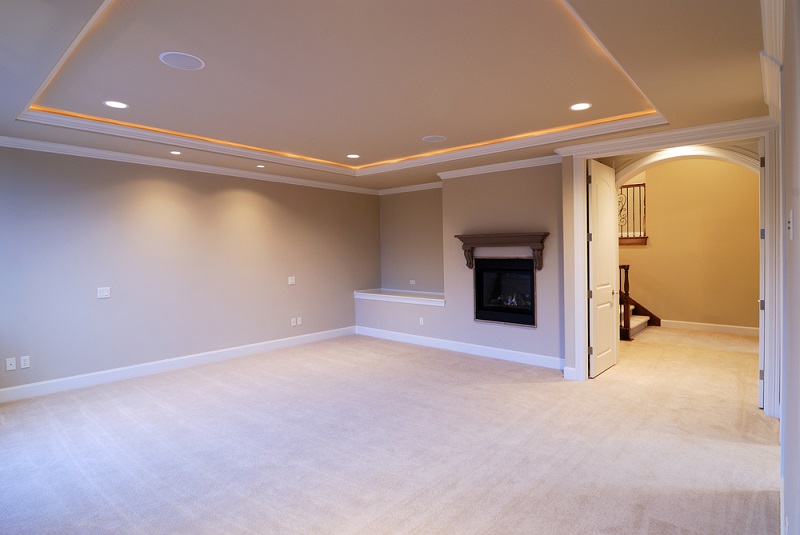Rendering can give your home the finishing touch it needs to become a stunning property with excellent street appeal truly. Because of its visibility, choosing the right render coating system for your home is key. If you find the plethora of rendering systems on the market confusing, this guide will help you understand the types of rendering available and which is most suitable for you.
Rendering is one of the quickest, cheapest, and easiest ways to breathe new life into your property without an expensive renovation. If you’re building a new property from the ground up instead, choosing the right render will help to extend its longevity and the value of your investment.
Factors to Consider:
Several factors will affect your rendering options. Some of the most important ones include:
- Existing Substrate: This is the material that the render will be applied over. Whatever render you choose will have to adhere to the substrate, so aim for the most compatible pairing you can find. If you are not sure of the best render for your home’s existing substrate, get assistance from a well-known rendering company.
- Property Age: This will affect the ascetical setting, method of construction, preparation, repair and ongoing maintenance needed, so be sure to discuss this with your construction team
- Aesthetics: Different rendering systems will produce different aesthetic effects, so make sure to choose one that fits your tastes and is not jarring compared to surrounding homes.
Types of Render Coating Systems:
Rendering is ideal for providing an attractive, weatherproof finish to your home while covering any damage. Renders are composed of a binding agent, structural filler, water, fiber, and additives. Some traditional types of render finishes include:
Lime Render
As the name suggests, this render is made with lime, being both breathable and flexible and, therefore, best suited to buildings that have to endure a lot of movement. Lime render is also great for absorbing moisture, thereby protecting your home. Lime render is often applied in a single coat over rough substrates. However, lime render can be expensive and requires skilled application.
Sand and Cement Renders
These renders are harder than lime render and will typically be painted. However, cement renders are not appropriate for older buildings as these are more likely to move and cause cracks in the cement. This means that cement renders are best suited to new homes, which are more stable. Cement will be finished off with a finishing coat to add further protection and visual appeal. Perhaps the most significant advantage of sand and cement render is that they are cheap and easy to apply. However, they can also be high maintenance and inflexible.
Clay Render
Clay has long been used to render homes and is experiencing renewed popularity thanks to the fact that it can often be sourced locally and is easy to produce. Clay render can be reactivated by adding water, which means it can be reworked. This allows for easy repairs, but also makes it susceptible to erosion. This means that clay render is not suitable for areas that experience heavy rain.
Polymer Renders
These renders are usually sold in premixed bags, either based on white cement or lime. They are mainly known for the fact that they are less prone to cracking and come in a variety of colors, which eliminates the need for painting. Polymer render is also vapored permeable and has high impact strength, making it one of the toughest renders on the market.
Acrylic Renders
These are finishing coat renders that provide an attractive finish and can be applied to a substrate, base coat render, or even the existing render. This is ideal if you would like to freshen up the color of your property without too much hassle. Additionally, acrylic render is very unlikely to crack, making it a worthwhile investment for your home. Acrylic render also allows the substrate to breathe, keeping the interior of your home dry and comfortable.
This list, of course, is not exhaustive but provides a general guide to some of the most popular render coating systems. To thoroughly discuss the appropriate render coating system for your needs, speak to a reputable rendering company that will be able to assist you throughout the process.







Thanks for helping me understand that cement rendering services will be cheap and easy to apply. I guess I will consider this for the property that I will move into next year. I just plan to have it renovated a little bit and improve its appearance from the outside while making its parts more durable for our safety. https://www.texturecoatingqld.com.au/our-services
Thanks for pointing out that cement renders will be finished off with a finishing coat to add further protection and visual appeal. My husband and I want to improve our property before our parents come to visit in January. With this, we will look for experts on Monday who can provide cement rendering services to make our property look dated. https://www.texturecoatingqld.com.au/our-services